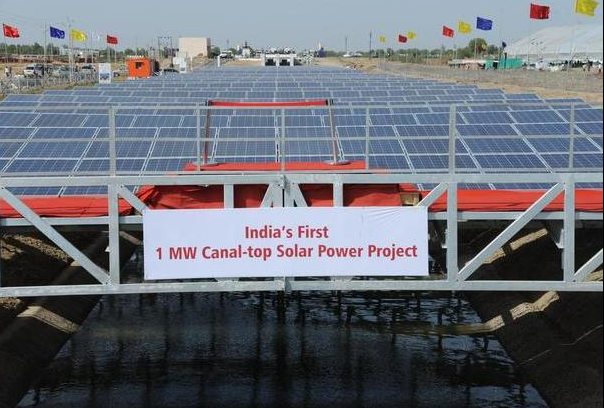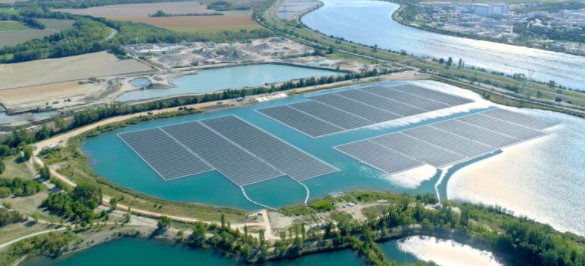eISSN: 2574-8092


Mini Review Volume 7 Issue 1
Professor, Sanjivani College of Engineering, India
Correspondence: R Arulmurugan, Professor, savitri baiphulepune university, Sanjivani College of Engineering, Kopargaon, Maharashtra, India, Tel 91-8500252670
Received: December 15, 2020 | Published: January 13, 2021
Citation: Arulmurugan R. Analysis of various strategies for effective household energy conservation. Int Rob Auto J. 2021;7(1):1?3. DOI: 10.15406/iratj.2021.07.00218
The purpose of this article is to analysis various strategies for effective household energy conservation improvement because day by day energy scarcity increases one of third largest consumer is domestic consumer. The power wastage from the domestic consumer is increases abruptly. In this article deals what are different strategies uses to effectively utilize energy conservation for household applications. In the exciting various awareness programme provided by government even-though the power losses are never drop down. The drawback of these due to malfunctions of the equipment. In the proposed article various methods and strategies suggest to reduce the power consumption. The merits of the proposed system is the investment cost is too low, in particular point the investment cost is zero. The outcome of the proposed system helps the public to reduce the power loss and save the nations.
Keywords: power consumption, energy wastage, short fall of power, domestic consumer, energy conservation
Recent days the power wastage is increases huge on everywhere. Due to these reason bureau of energy efficiency taking multiple steps to audit the industry once in three year by energy auditor. The energy auditor analysis the entire industry on different stages of audits and suggested the alternative methods or strategies uses to reduce the power consumption of the industry. One of the prime energy consumer is Industry, that’s why government taking strict actions to reduce the power wastage from industry.1–9
The second major factor is safety, particularly the electrical safety places the vital role. Due to the power leakage not only affect the life of human being, instrument and also power wastage of the unit.10–13 The inspector inspect the power cable transmission from one place to another place via overhead and underground construction. The electrical safety rules suggest to transit the power cable through underground because the leakage of the current easy to pass the low resistance path of the current. The human body with stand 20 to 30mA current only but in an industry deals KA rating of the power. In this article deals various strategies uses to reduce the power consumption of the large power consumer.
Recent days government of India provide alternative method to electricity to all the rural village through solar photo voltaic power system. In this paper further discuss various methodology uses to provide effective electricity for rural areas.
Conservation of conventional sources reduces day by day, it will exit twenty to fifty years of time period. It is time to move to alternative energy source such as solar, wind, tide, biomass etc. Out of all renewable energy sources solar photo voltaic play vital role because it available all days and all the places throughout of years, it is available freely as well naturally source of sunlight. In addition, Government provide subside for install the photo voltaic panel and buy a unit generated from solar system I.e supply excess generated unit to electricity board through net-meter system for generate the cost or quickly get back the pay back amount. Even-though, so many merits for install solar system, it has own some demerits too. such as over heat or temperature, less illumination, shadow loss, dust over, etc. The shadow loss eliminated by proper construction of solar system. Similarly dust formation reduce by frequent clean of the solar system. The illumination loss not too high in an India because average sunshine hours of India is 5 to 7 hours per day every part of the state. One of major drawback is over heat or over temperature. Particularly afternoon time the illumination level is too good I.e it is reached near to 1000watts per meter square, at the same time temperature level is increase to 35 to 40 degree celsius. Due to increases the high temperature the output power is start to decreased heavily even full sunshine conditions. These drawback overcome by implementation of the solar panel on tunnel for reduce the water evaporation, reduce heat of the solar panel and reduce for spending amount for land procurement. The following figure shows one of the greased initiated for implemented solar panel on rooftop of the tunnel system. Through this concept reduce land procurement rate as well stop evaporation water too as shows in Figure 1 & Figure 2.

Figure 1 Canal solar Panel.5

Figure 2 Floating solar Panel.8
Figure 1 describe the canal solar panel which one was implemented Government of India on 1MW power plant. Through the method reduce the water evaporation as well reduce the cost of land installations. The solar plant land installations is one of the key factors. Once the plant installed on the land next twenty to twenty five years no cultivation's possibility on the plant due to these reasons the land get dry after twenty five years. Due to these issues former hesitate to provide the land for installation of solar plant. The Figure 2 shows one more effective method of solar panel installations on sea and pond areas. Compare to Figure 1 & Figure 2 is effective due to less shadow. In addition with the Figure 2 helps to reduce the water evaporation, easy to clean, move the panel from one place to another place. Figure 3 shows the flowchart of energy audit.
Numerous energy conservation, energy monitoring system uses to monitor as well save the electricity. The net-meter system uses to measure the energy consumption and supply excess energy to grid measure accurately. That means net-meter work on inward as well outward power flow values. Further, various research techniques uses to create awareness as well reduce the power losses of the system. One such a method is prepaid electricity method. This method is as similar to mobile phone prepare card system. These type of system implement to create the awareness and reduce the bill measurement. The major aims to save the unncessory wastage of energy. The another smart technique is advanced smart meter uses to identify the power theft taking place identify and isolate the area. Theses smart meter system implemented on pondichery. The smart meter it will monitor the power input and output of the line continuously. During night time spend huge amount of the power for street light even without cross of single vehicle. Recent days sodium light is replace into LED street light for save the power wastage. In advance automatic street light system uses to save the waste of power. Such as motion detector technique uses to identify the motion based on operate or sense to turn-on the street light. These type of system is very much important for open mall, theater, restroom for save huge amount of power loss.
Figure 4 shows the sector wise power distribution of the various consumers. The chart clearly shows the higher power consumers are Industry, Domestic, Agricultural, Commercial, Others and Traction and railways. The second highest consumers are domestic. The energy conservation place major role on the domestic side. Figure 5 shows the automatic value control for over head tank for save the water. Here the following strategies uses to save the wastage of electricity from higher consumers of domestics.
Government spend huge amount for generate the electricity power, for commissioning the power plant required five to seven years, recent days the conventional energy sources are also degrade due to these import the coal, oil and gas from other counties. These sources increase the cost of import, on another side the power wastage from domestic appliances are increases. In the proposed articles described various methods uses to reduce the power wastage from the domestic. The merits of the proposed project deals to make green and clean environment. The outcome of the nations become pollute free as well happy living place for animals and human being. The extension of the proposed idea is monitor energy consumption through Internet of Things platform.
None.
Author would like to thank the Sanjivani college of engineering for providing facility to enrich knowledge.
The author declares that there was no conflict of interest.

©2021 Arulmurugan. This is an open access article distributed under the terms of the, which permits unrestricted use, distribution, and build upon your work non-commercially.